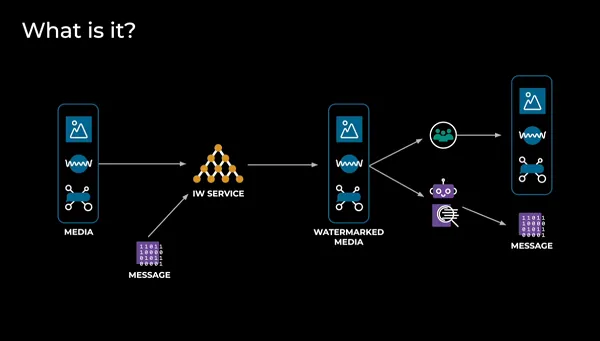Meta has shared a brand new overview of its invisible watermarking course of for video content material, which supplies extra info on how a video was created, which may’t be simply faraway from the content material itself.
In different phrases, when you create a video in Meta’s instruments, or submit a video to Fb or IG, it can now be labelled with sure identifiers within the back-end, which you’ll’t see, however will define some key details about the video itself, together with:
- Who initially created and/or posted the video
- Whether or not AI instruments have been utilized in its creation
- What instruments have been used to create the content material

Which might be crucial information to have, as a result of as Meta’s Wes Castro notes:
“We’re past the period of mangled fingers and apparent giveaways that one thing’s AI-generated. So how can we infer if one thing is actual or say Gen AI content material?”
Certainly, the inflow of AI-generated content material is so vital that some customers at the moment are calling for methods to filter AI content material out of their social media feeds completely, with the intention to keep away from deceptive, unrealistic depictions.
Pinterest just lately added an choice to do exactly that, however the limitation right here is that every platform additionally wants a solution to establish AI-generated materials. Which is the place watermarking is available in, although as Meta notes:
“Conventional strategies similar to visible watermarks (which might be distracting) or metadata tags (which might be misplaced if a video is edited or re-encoded) don’t deal with these challenges adequately and robustly. As a consequence of its persistence and imperceptibility, invisible watermarking presents a superior different.”
Together with these considerations, creators are additionally extra more likely to try to take away identifiers in the event that they consider that it might be impacting their content material distribution, which is why invisible markers supply a worthwhile, viable different, offering vital alerts to the platform with out impacting the video playback.
Meta’s answer supplies a resource-friendly strategy to making use of extra video info, which may talk extra of this information.
It looks as if a great way to assist restrict any hurt or false impression that could be brought on by AI-generated content material, although once more, there are limitations on re-posts and non-native uploads, the place creators look to cover such info to maximise their attain.
But when extra workable options like this may be constructed into extra video creation platforms, that will allow higher transparency, and simpler labeling, which might cut back using generative AI creation instruments for malicious function.
Meta says that it’s nonetheless engaged on enhancements for its system, however that it’s seeking to implement extra coded monitoring measures for this function.
You may learn extra about Meta’s invisible watermarking course of right here.



